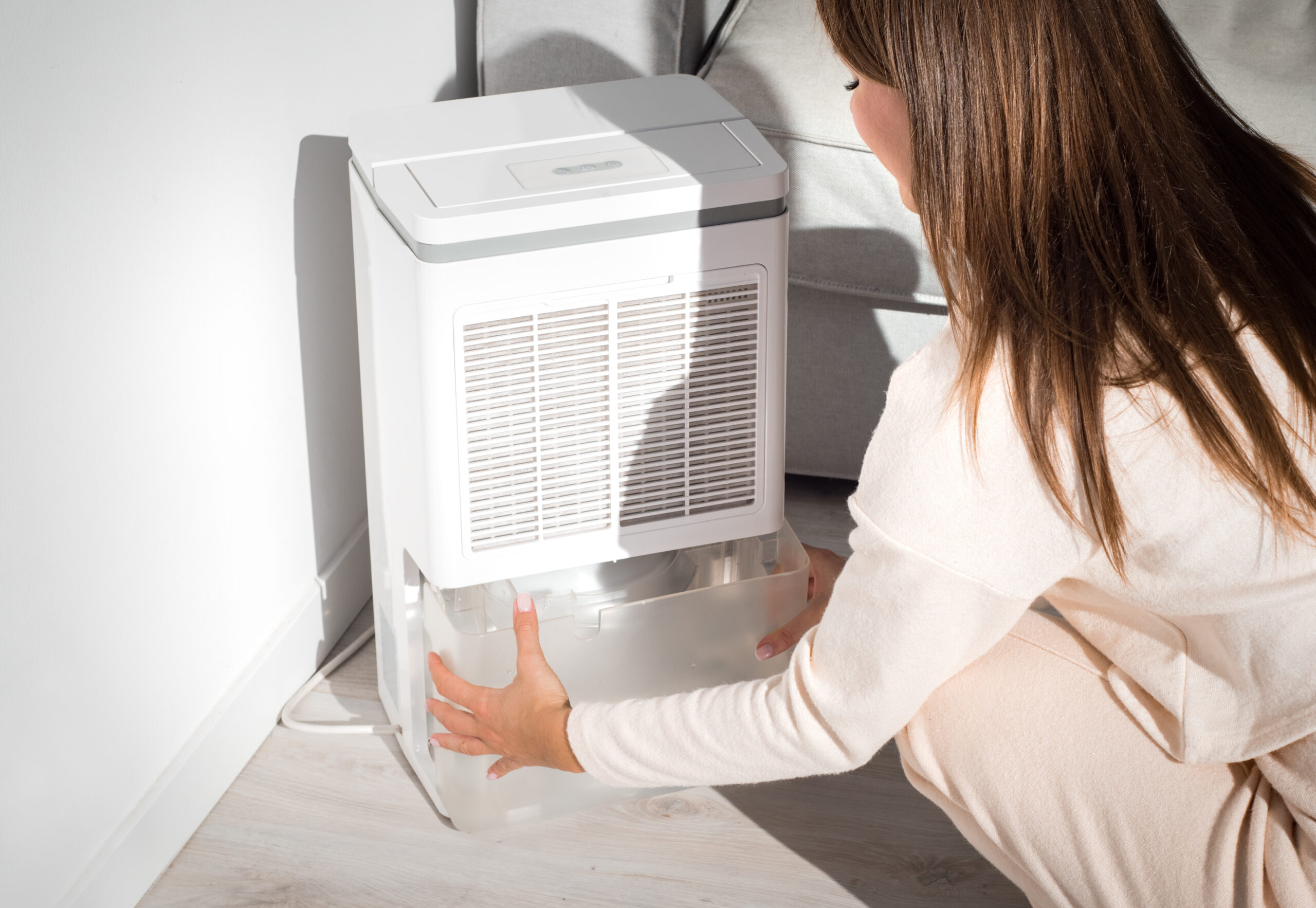Ah, humidity. It’s what makes summer sticky and builds up condensation on your car windows. However, you should be able to get relief when at home, inside. If not, you might have a problem. On the other hand, not enough humidity can also be uncomfortable! It can lead to nosebleeds, dry and scratchy throats, and worsened breathing issues.
Maintaining proper indoor humidity levels in your home is necessary for your family’s comfort and health. The humidity level inside your house is just as important as the temperature when it comes to creating a pleasant living environment. When the humidity in your home is properly balanced, it should feel comfortable without being overly dry or muggy. The ideal humidity level is generally between 30% and 50%. This range helps ensure that your home is neither too dry, which can cause skin irritation and respiratory problems, nor too moist, which can lead to mold growth and other issues.
Health Impacts of Improper Humidity Levels
Indoor humidity plays a surprisingly large role in your overall well-being. Low humidity can dry out your skin, eyes, and respiratory system, making you more susceptible to colds, asthma, and other respiratory issues. On the other hand, high humidity creates an environment where dust mites, mold, and bacteria thrive. These allergens can exacerbate asthma and other respiratory conditions, making your home an unhealthy place to live.
Protecting Your Home with Balanced Humidity
Beyond health, balanced humidity levels help protect your home – both the house itself and what’s inside. High humidity can cause wood to warp, paint to peel, and wallpaper to bubble. It can also encourage mold and mildew growth, leading to damaged walls, ceilings, and floors. Low humidity, on the other hand, can dry out wooden furniture and cause cracks in your walls and floors. It can lead to higher static shocks, which encourages the use of dryer sheets and can eventually damage your clothes. Keeping your indoor humidity balanced has a much bigger impact than just your comfort.
Signs That Your Home’s Humidity Levels Are Off
It’s not always easy to tell if your home’s humidity levels are correct but there are some signs to watch for. If you notice condensation on your windows, a musty smell, or mold, your home may have too much humidity. If you’re experiencing dry skin, static electricity, or your wooden furniture and floors are cracking, it might be too dry. If you’re unsure, get in touch with an HVAC contractor to evaluate the moisture levels in your home.
How to Maintain Proper Humidity Levels
Maintaining proper humidity levels in your home doesn’t need to be complicated. A few simple steps can make a big difference. The number one thing is a properly sized AC unit. Too big and it will cycle too often, failing to move humidity out. Too small and it will simply run all the time and still struggle to cool the home.
If your home is too humid, a dehumidifier can help remove excess moisture from the air. If it’s too dry, a humidifier adds moisture. Regular HVAC maintenance is also helpful and can help extend your unit’s lifespan. An HVAC technician can inspect your system to ensure it’s working correctly and help you address humidity issues. Proper ventilation, especially in areas like bathrooms and kitchens, will also help control humidity levels.
Creating a Balanced Atmosphere with Carolina Custom Air
If you’re concerned about the humidity levels in your home, Carolina Custom Air offers a range of indoor air quality services to help. Our experienced HVAC technicians can ensure your home stays within the optimal humidity range, creating a comfortable, healthy living space for you and your family. Get in touch with our team today to learn more about how we can help improve your indoor air quality.


